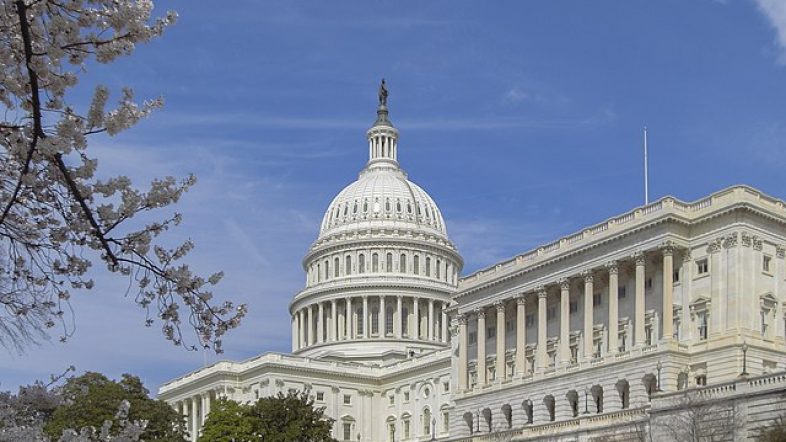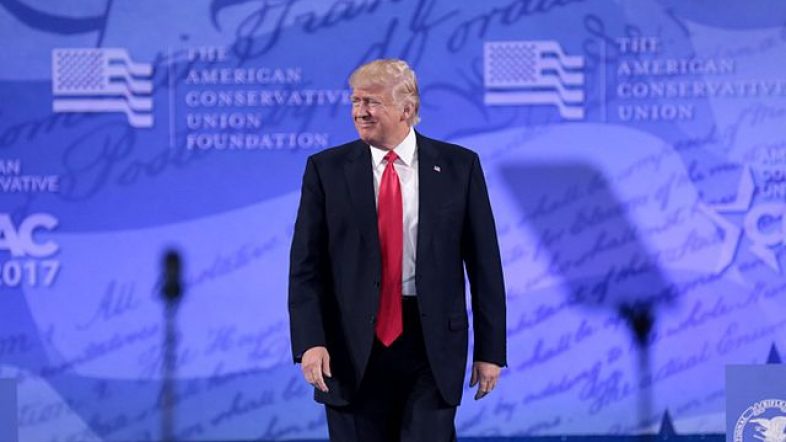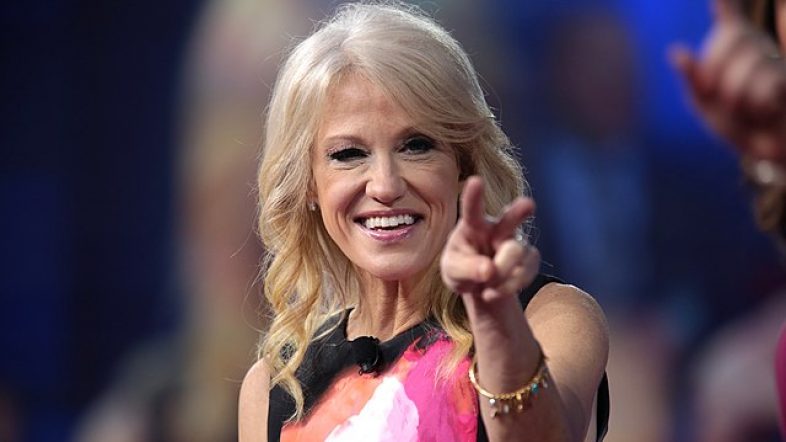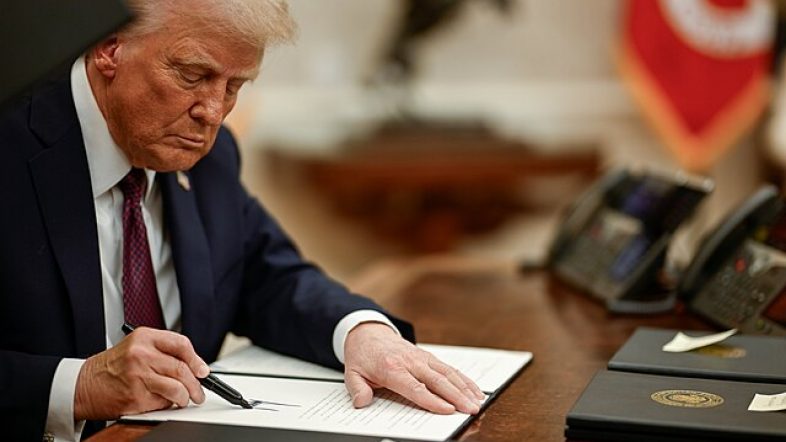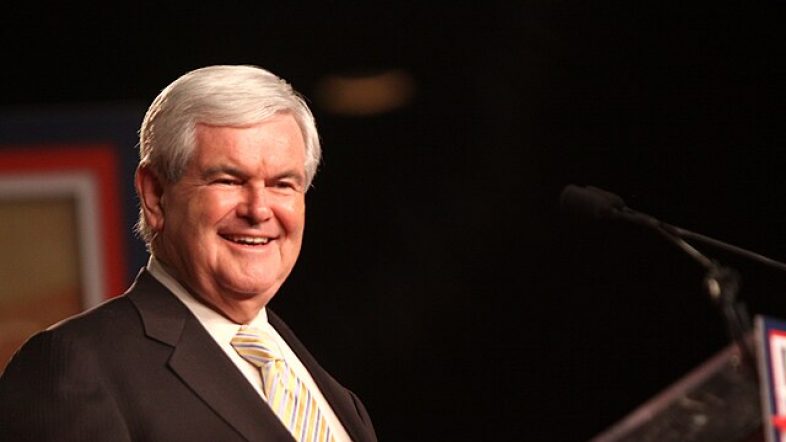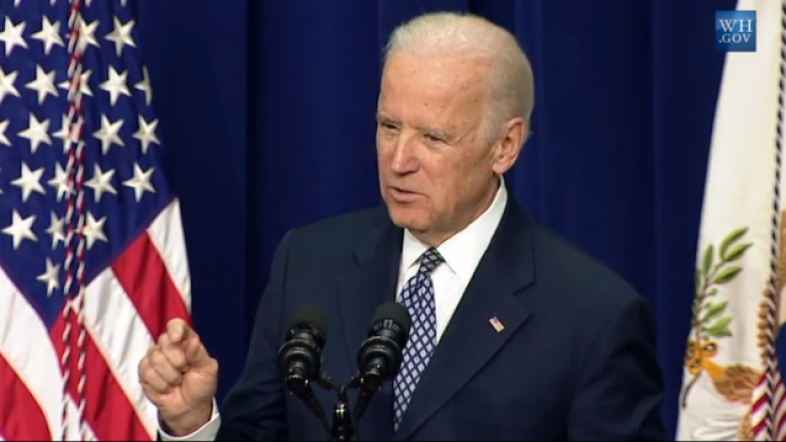Politicians routinely make fanciful assertions regarding the federal budget. Unfortunately, most Americans do not know when they are being lied to. Can you discern the truth? Take the following quiz and find out.
1-True or False? Federal revenue is languishing. Consequently, the Biden-Harris administration’s repeated calls for multi-trillion-dollar tax increases are justified.
False. Federal revenue was 43.8% higher last year (FY24) than in 2020. Cumulatively, over the past four years, the federal government collected $18.3 trillion in revenue — $2.2 trillion more than the Congressional Budget Office (CBO) anticipated for that period when President Biden entered office.
The federal government has ample revenue. It has a spending problem, not a revenue problem.
2-True or False? President Joe Biden presided over shrinking budget deficits.
False. Although the federal government collected $2.2 trillion more revenue from FY21 to FY24 than anticipated by CBO, federal outlays ballooned by $4.7 trillion more than anticipated, worsening the cumulative budget deficit for that period by $2.5 trillion relative to the current law baseline Biden inherited. That is a 48.2% increase in the cumulative, 4-year deficit.
Last year’s budget deficit was literally more than twice as large as CBO projected for FY24 when the Biden-Harris administration assumed office.
3-True or False? The federal government spent an outrageous $166,730 per second in FY24.
False. In February 2021, CBO estimated the federal government would spend $5.258 trillion in FY24. That is the equivalent of $166,730 per second. However, following the enactment of President Biden’s spending initiatives, the federal government actually spent $6.752 trillion — or $214,105 per second last year.
The federal government is literally spending faster than the speed of light (186,282 miles per second).
4-True or False? The Tax Cuts and Jobs Act of 2017 (TCJA) gutted the corporate income tax. Consequently, corporations are not paying their “fair share.”
False. In June 2017, prior to the enactment of TCJA, CBO estimated corporate tax revenue would total $405 billion in FY24. Actually, corporate tax revenue increased 26% in FY24 to a record $529 billion — 30.6% more revenue than CBO projected for FY24 prior to the enactment of TCJA.
Moreover, corporations don’t pay taxes. Corporations collect and remit taxes, but the tax burden is ultimately shouldered by shareholders, employees, and consumers.
5-True or False? Federal taxes are under current law scheduled to increase unless the 119th Congress and the incoming president prevent the increase.
True. Major elements of TCJA — including the individual income tax rate reductions and key business provisions — are set to expire, increasing the federal tax burden by roughly $5 trillion relative to the current policy baseline over ten years.
According to the non-partisan Tax Foundation, “making the TCJA permanent would boost long-run GDP by 1.1 percent and employment by 913,000 full-time equivalent jobs….”
With so much at stake next year, Rep. Jason Smith, the chairman of the House Ways and Means Committee, rightly calls 2025 the “Super Bowl” of tax policy. By combining TCJA permanence with additional growth-inducing tax reforms, the 119th Congress could further boost America’s long-term economic growth rate. Supercharging economic growth is essential to America’s fiscal and national wellbeing.
6-True or False? Annual net interest outlays on the federal debt are exploding.
True. Over the past three years, federal net interest outlays have grown at an average annual rate of 39%. In FY’24, net interest outlays totaled $950 billion. That’s more than the federal government spent on national defense!
Worse yet, in February 2021, CBO estimated net interest would total $284 billion in FY24. President Joe Biden’s policies, combined with high inflation and surging interest rates, more than tripled net interest outlays last year compared to the projection for FY24 when Biden and Harris assumed office.
7-True or False? The federal budget has fallen into debt spiral.
True. The explosive growth of interest outlays has further ballooned the federal government’s already too large budget deficit. That, in turn, is swelling the federal debt and hiking interest outlays.
In short, the federal government now finds itself in the unenviable position of being caught in a debt spiral. According to CBO Director Phillip Swagel, “It’s a slow spiral, but it’s still a spiral — of rising debt and rising payments on the debt. The situation is unsustainable.”
As the old saying goes: “How can you tell if a politician is lying? The answer: His lips are moving.” But every so often the truth comes out.
The truth is the federal government spends far too much and is taking on far too much debt. The situation is increasingly unsustainable, and if nothing is done to curtail these excesses, the United States will eventually find itself confronting a fiscal crisis of unimaginable proportions.


